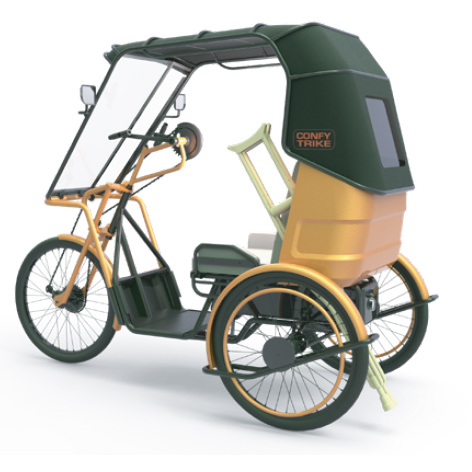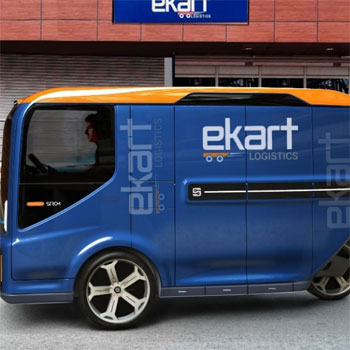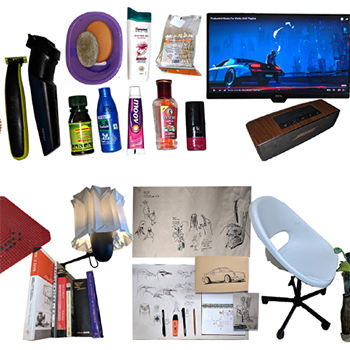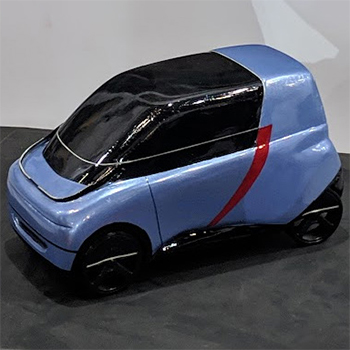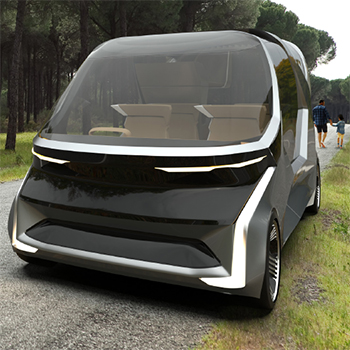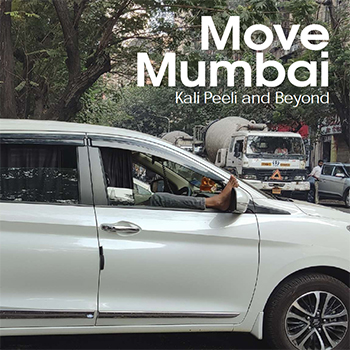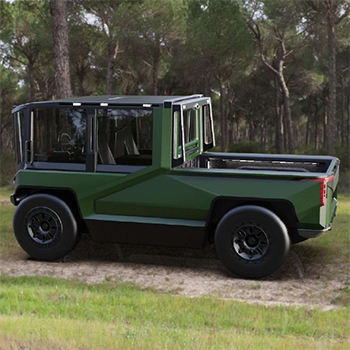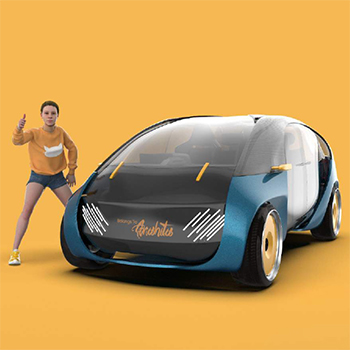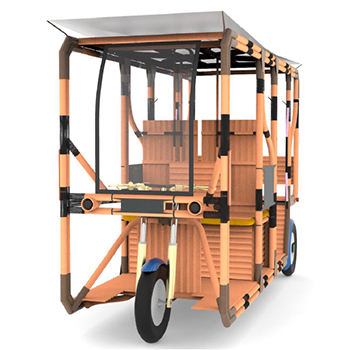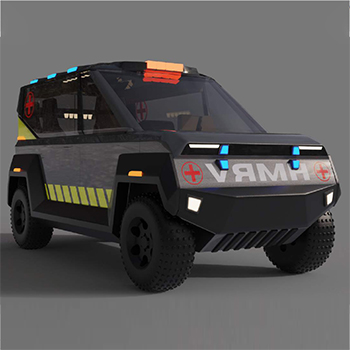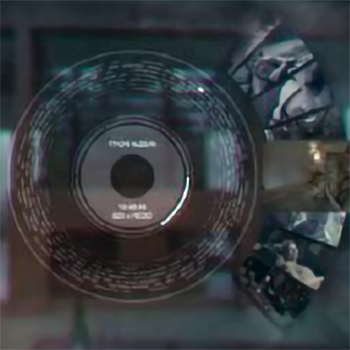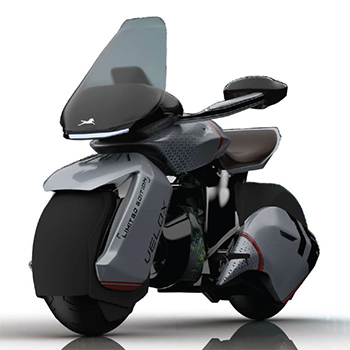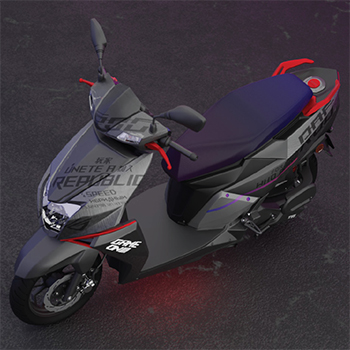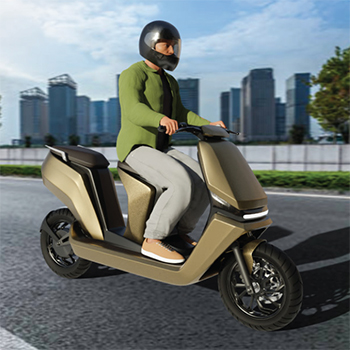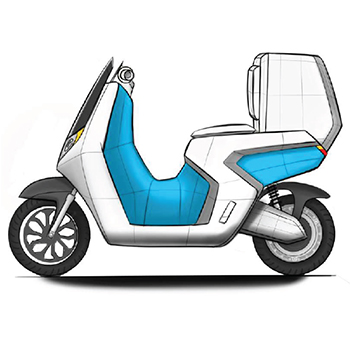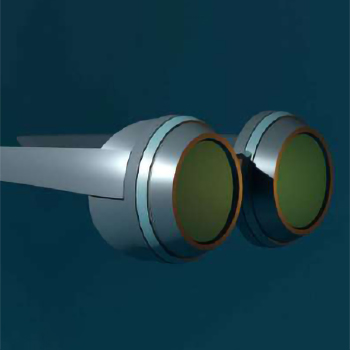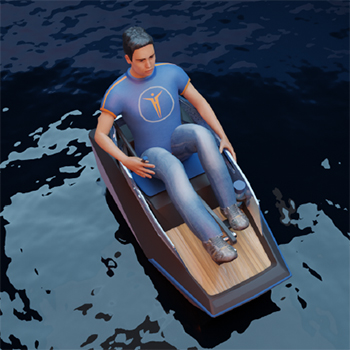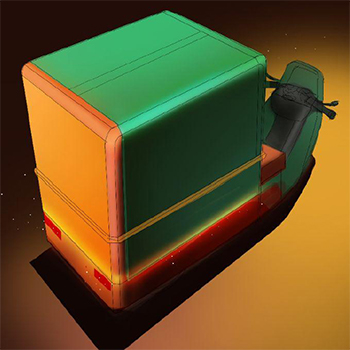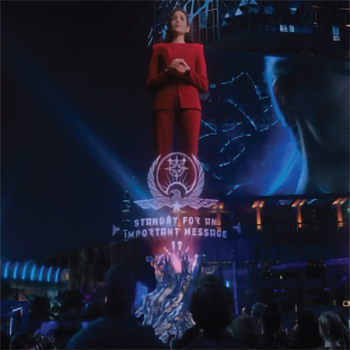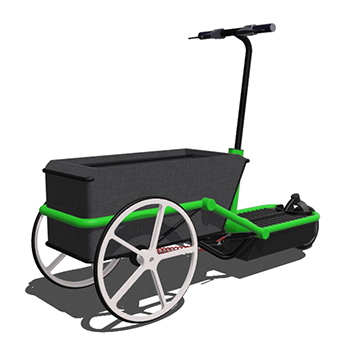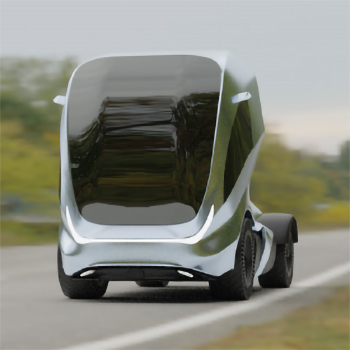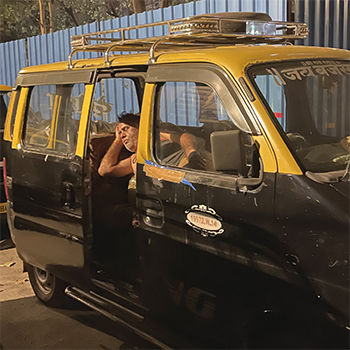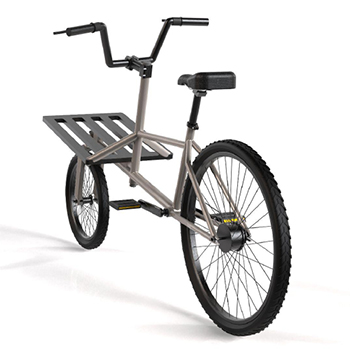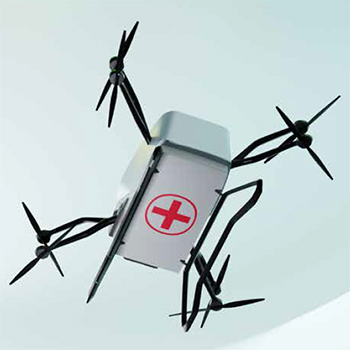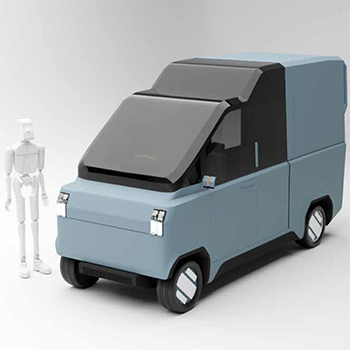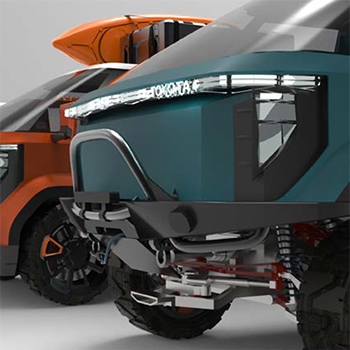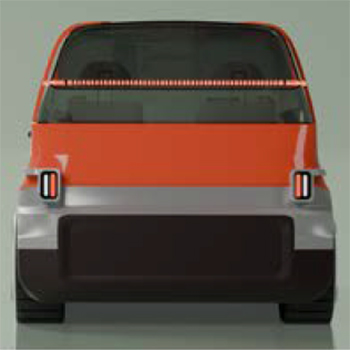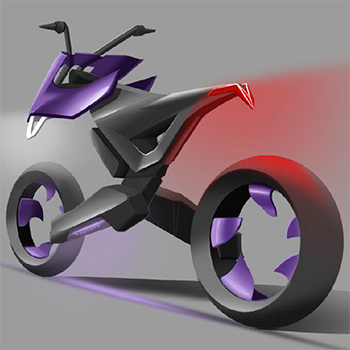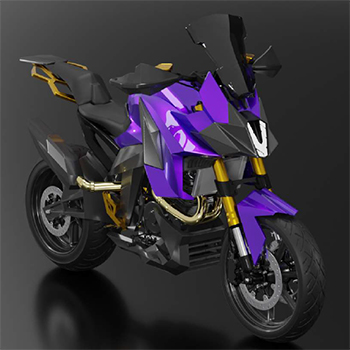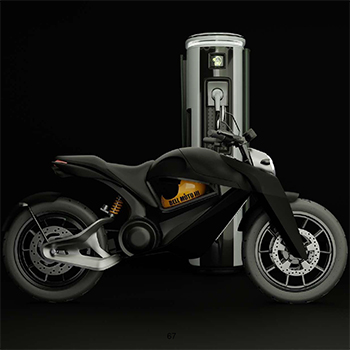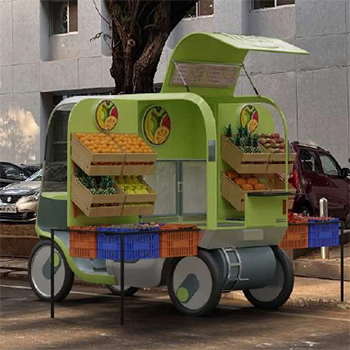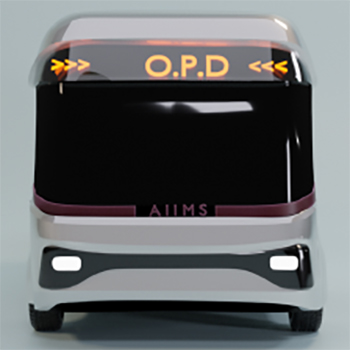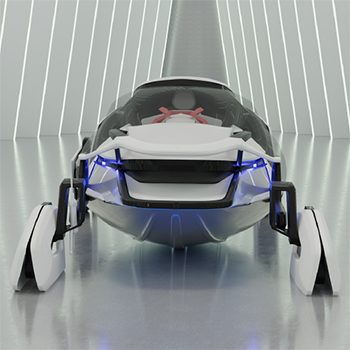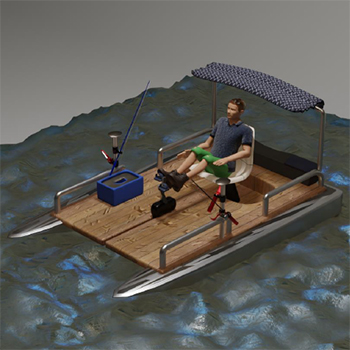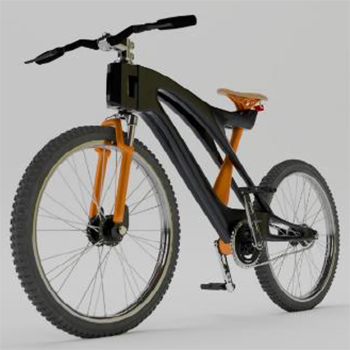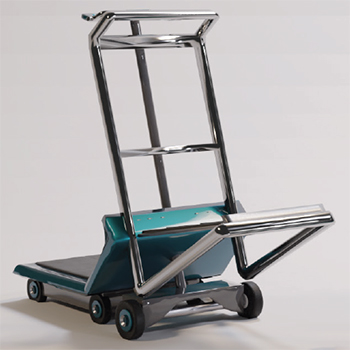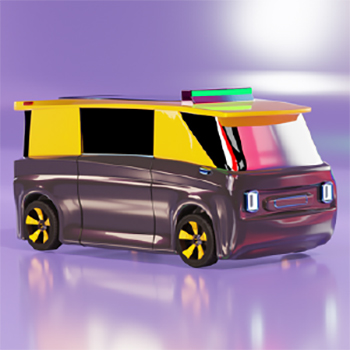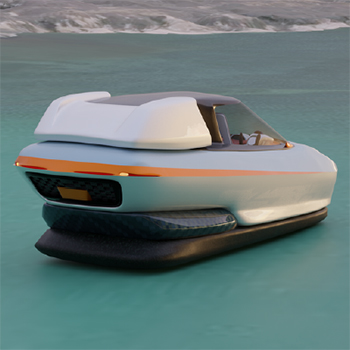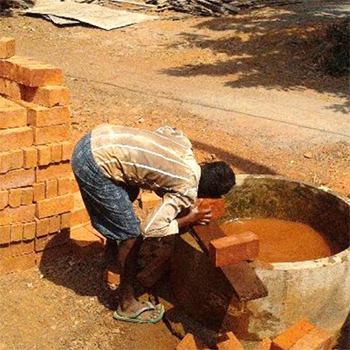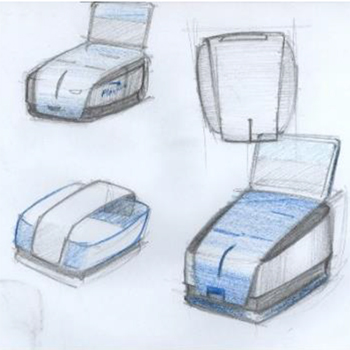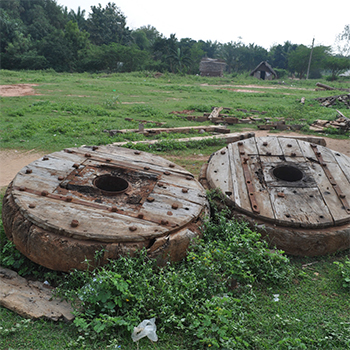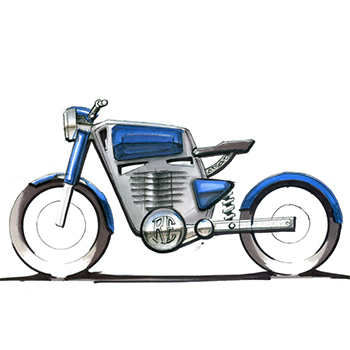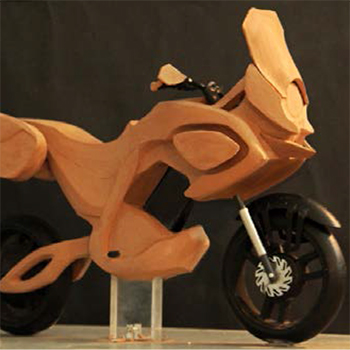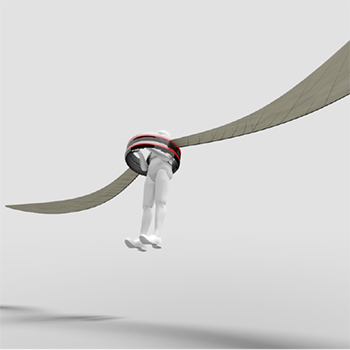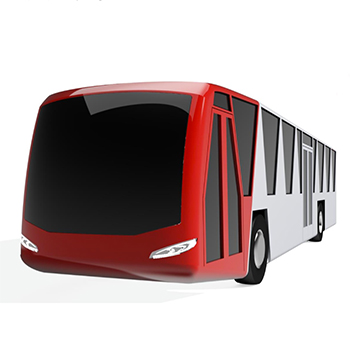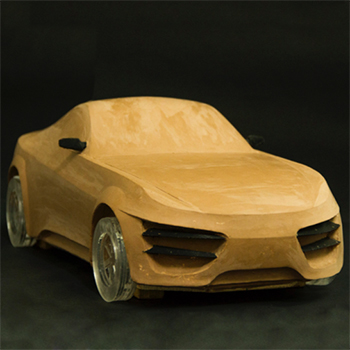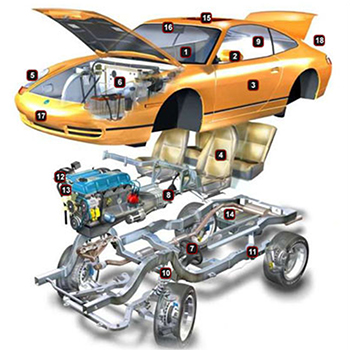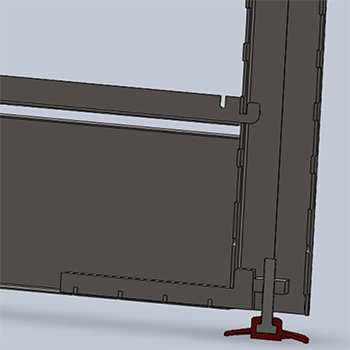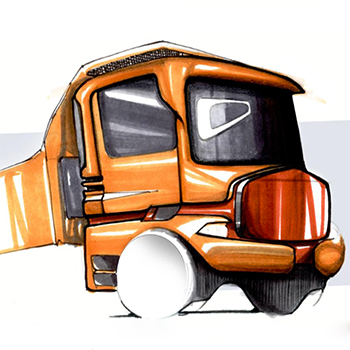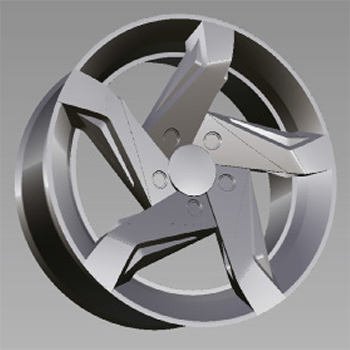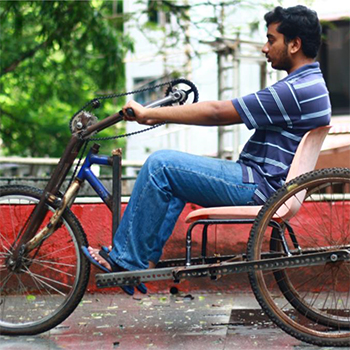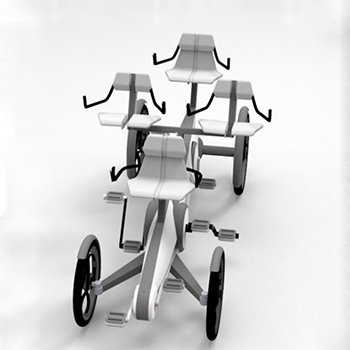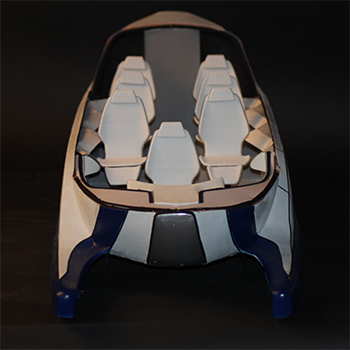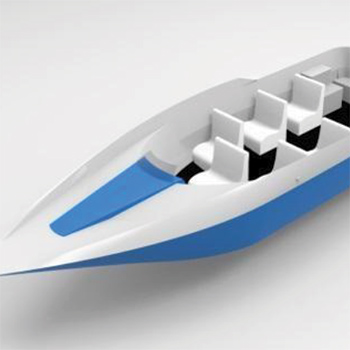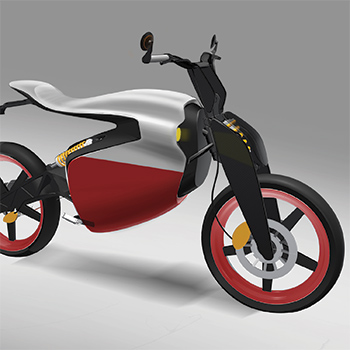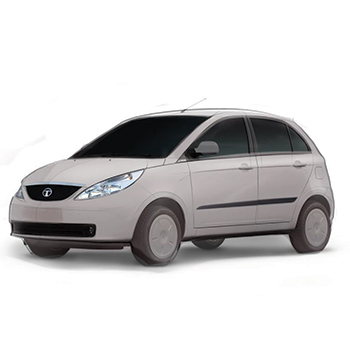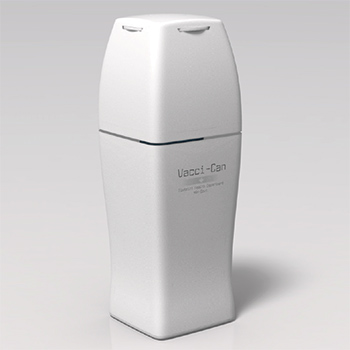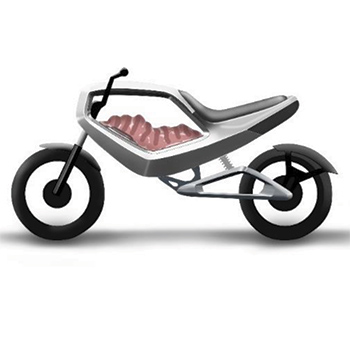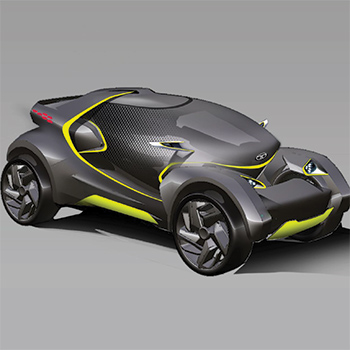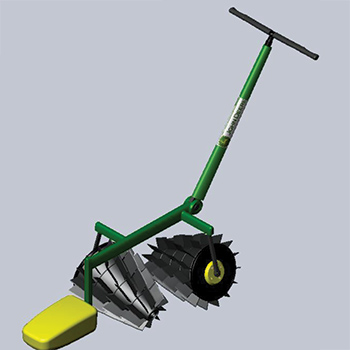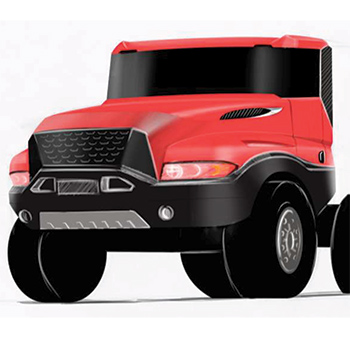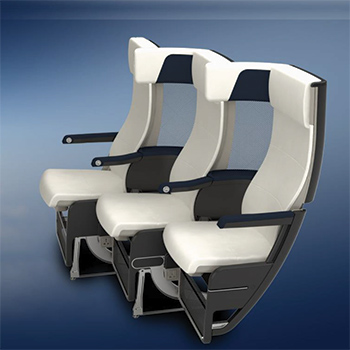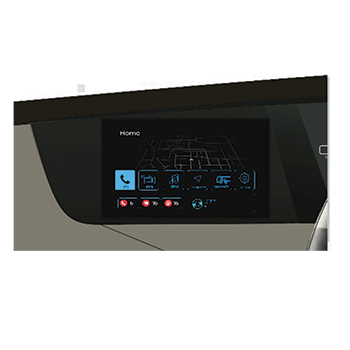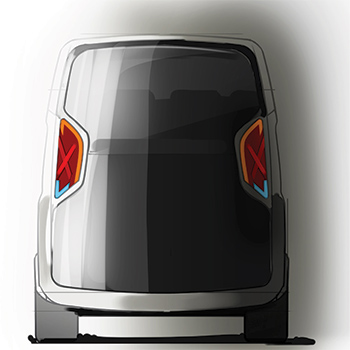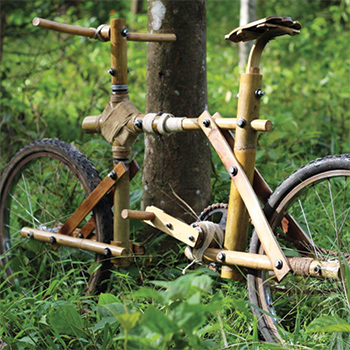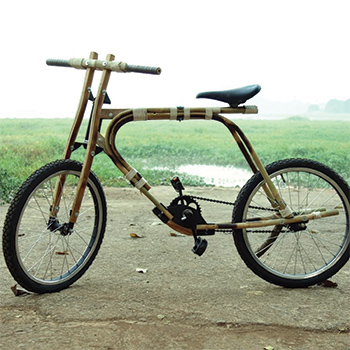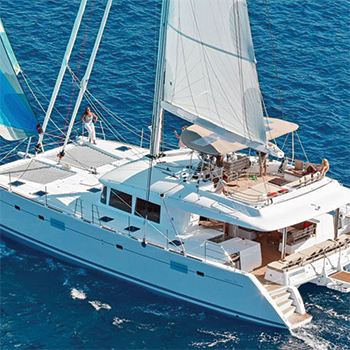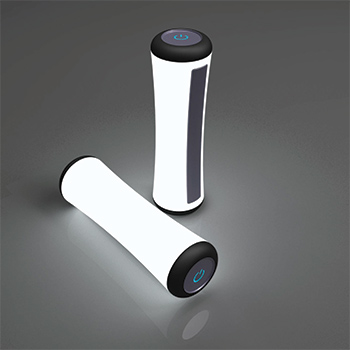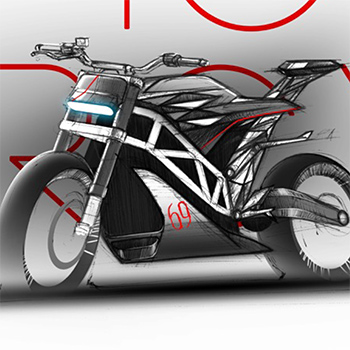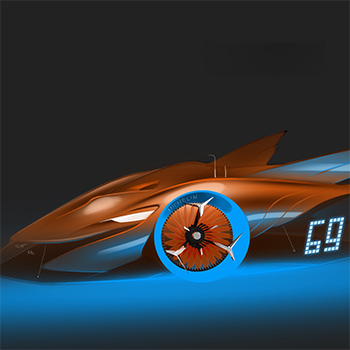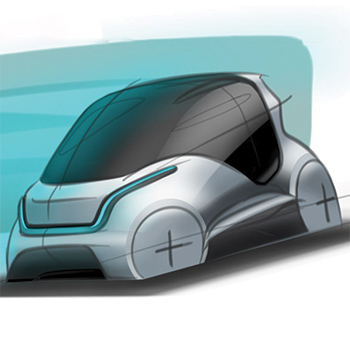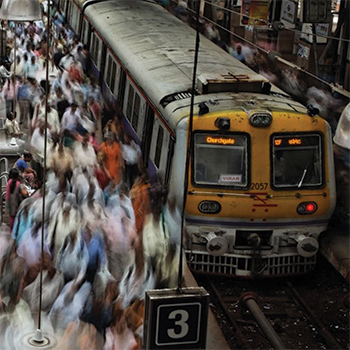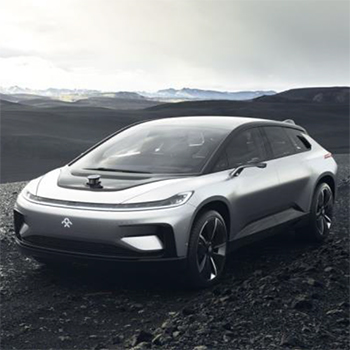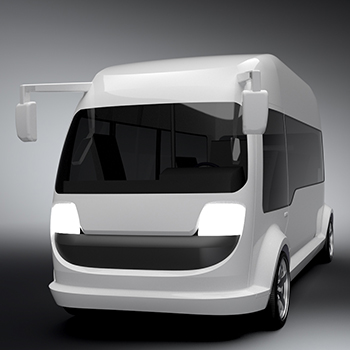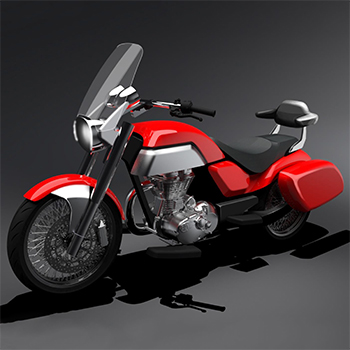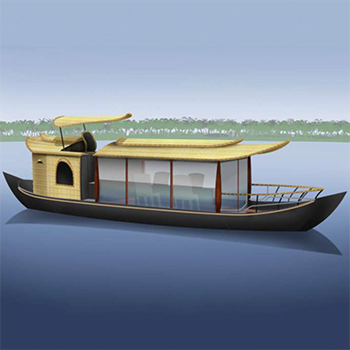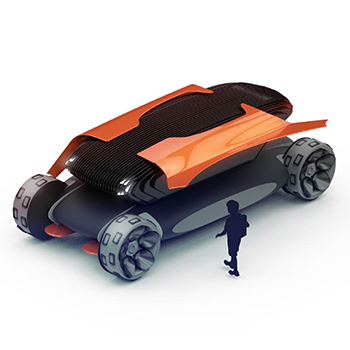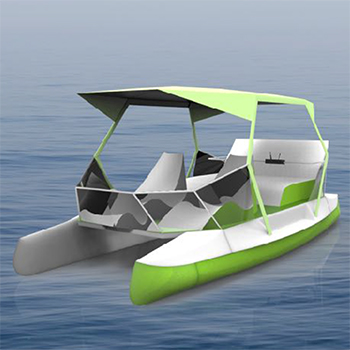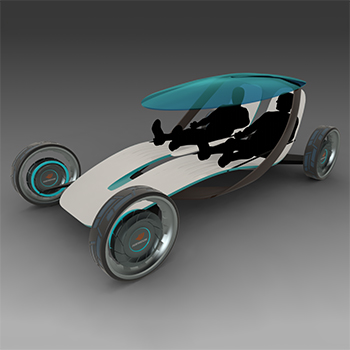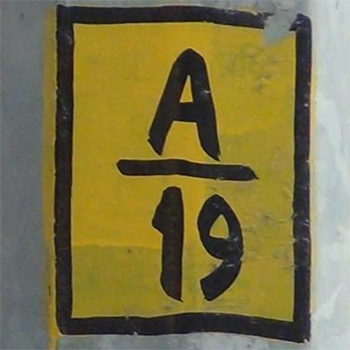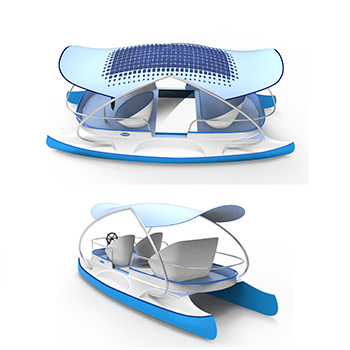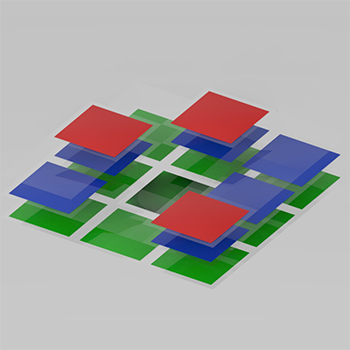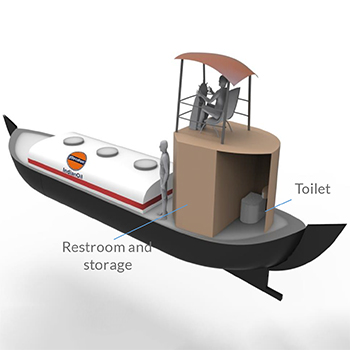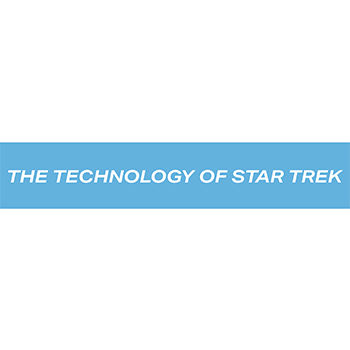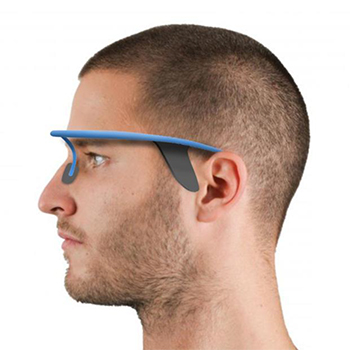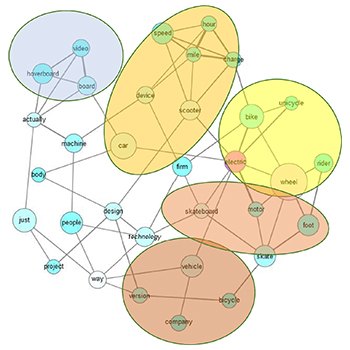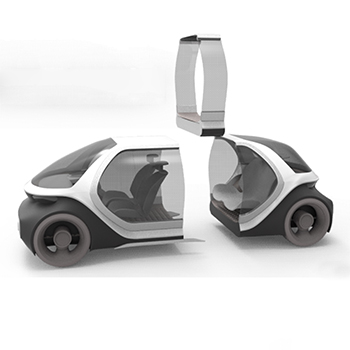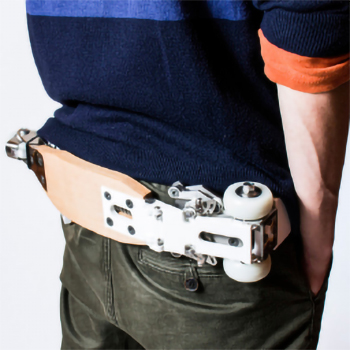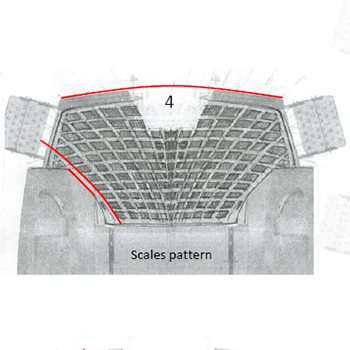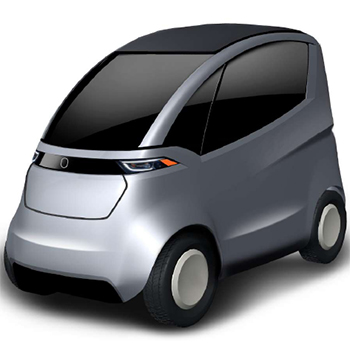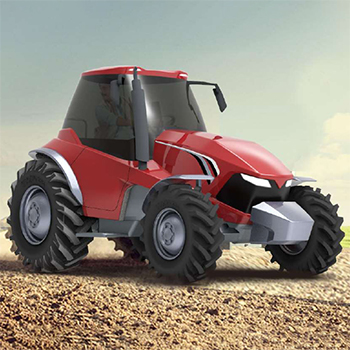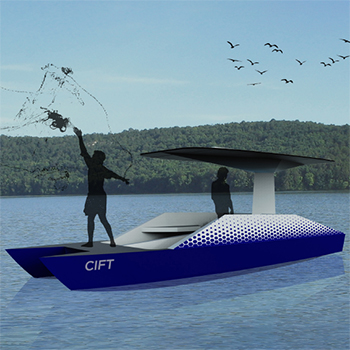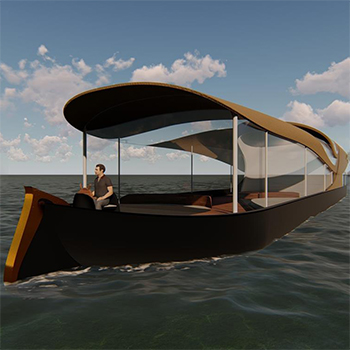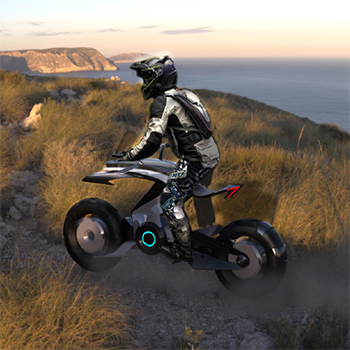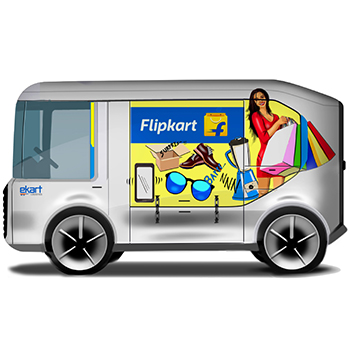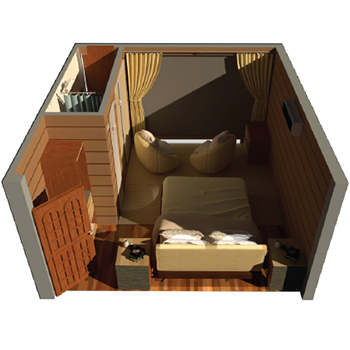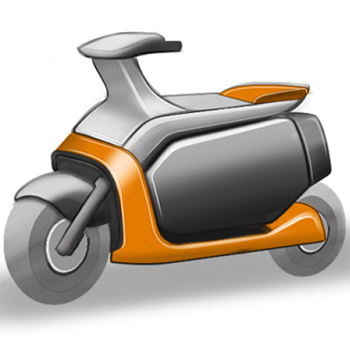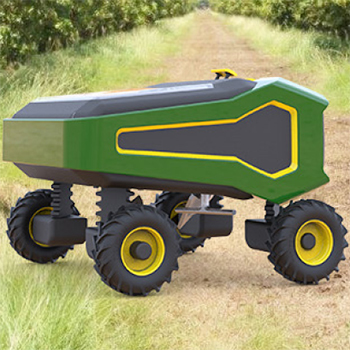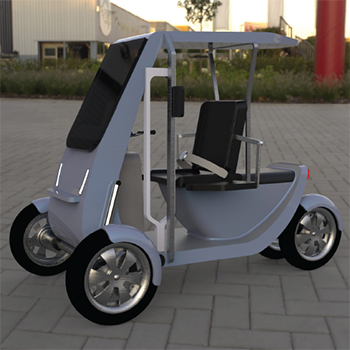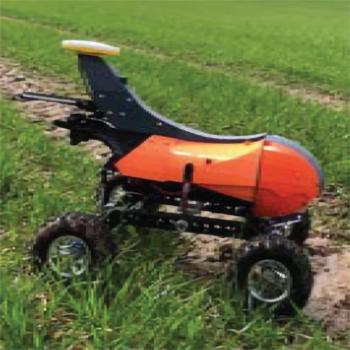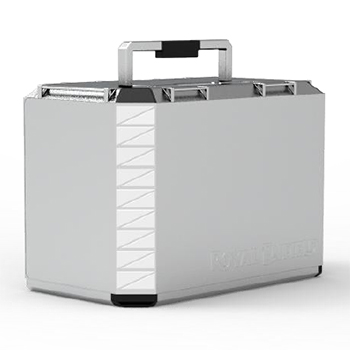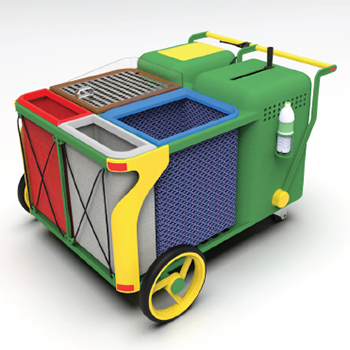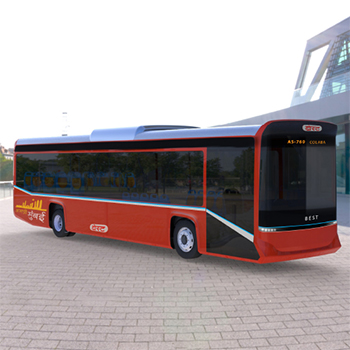Mobility Design
2019-onwards
(55 items)
by Prof. Nishant Sharma
by Prof. Sugandh Malhotra
by Prof. Unni Mohan Mohanan
by Akhil Krishna Pradeep
by Akhil Krishna Pradeep
by Akhil Krishna Pradeep
by Angshuman Das
by Angshuman Das
by Angshuman Das
by Arka Hazra
by Arka Hazra
by Manan Sharma
by Manan Sharma
by Manish Sharma
by Manish Sharma
by Manish Sharma
by Mohammed Jaseel
by Mohammed Jaseel
by Mohammed Jaseel
by Mohammed Jaseel
by Prateek Pagore
by Prateek Pagore
by Pratik Bansode
by Pratik Bansode
by Pratik Bansode
by Praveen Kumar
by Praveen Kumar
by Rahul R
by Rahul R
by Rahul R
by Tekhengutso Therieh
by Tekhengutso Therieh
by Tekhengutso Therieh
by Aditya Mahamuni
by Aditya Mahamuni
by Muhammed K Abdulla
by Muhammed K Abdulla
by Navneet Maharana
by Navneet Maharana
by Paresh B Bhandarkar
by Paresh B Bhandarkar
by Piyush Tanwar
by Piyush Tanwar
by Pratyush Mahapatra
by Pratyush Mahapatra
by Prerit Sonare
by Prerit Sonare
by Sai Krishna K
by Sai Krishna K
by Sangeeth Sivan M
by Sangeeth Sivan M
by Shubham
by Shubham
by Sudhanshu Ranjan
by Sudhanshu Ranjan
2009-2018
(132 items)
by Alvin P Gopal
by Alvin P Gopal
by Alvin P Gopal
by Alvin P Gopal
by Anand Anbu
by Anand Anbu
by Anand Anbu
by Anand Anbu
by Harish Kumar P
by Harish Kumar P
by Harish Kumar P
by Harish Kumar P
by Harsh Vardhan Tripathi
by Harsh Vardhan Tripathi
by Harsh Vardhan Tripathi
by Harsh Vardhan Tripathi
by Saurabh Nimsarkar
by Saurabh Nimsarkar
by Saurabh Nimsarkar
by Saurabh Nimsarkar
by Tanmay Ohri
by Tanmay Ohri
by Tanmay Ohri
by Unni Mohan
by Unni Mohan
by Unni Mohan
by Unni Mohan
by Ajithlal C M
by Ajithlal C M
by Ajithlal C M
by Ajithlal C M
by Amol Bhangare
by Amol Bhangare
• Type number: TEC1-12706;
• Couples: 127;
• Vmax (V): 15.2V I maximum (A): 6A
• Tmax (degrees Celsius): 67
• Dimensions: 40mm x 40mm x 3.7mm
• Max. power consumption: 91.2W
• Ceramic Material: Alumina (Al 2 O 3), Bismuth Tin (BiSn)
• Package Contains: 1 X Thermoelectric Cooler, 5 X Thermal Paste Sachet
by Amol Bhangare
by Amol Bhangare
by Arjunkumar Bavalia
by Arjunkumar Bavalia
by Arjunkumar Bavalia
by Arjunkumar Bavalia
by Jinesh P Bhaskaran
by Jinesh P Bhaskaran
by Jinesh P Bhaskaran
by Jinesh P Bhaskaran
by Nikhil Kunnath
by Nikhil Kunnath
by Nikhil Kunnath
by Nikhil Kunnath
by Pankaj Kuli
by Pankaj Kuli
by Pankaj Kuli
by Pankaj Kuli
by Rishi Soman
by Rishi Soman
by Rishi Soman
by Rishi Soman
by Rohit Kartha
by Rohit Kartha
by Rohit Kartha
by Rohit Kartha
by Shreyas Ganesh Barve
by Shreyas Ganesh Barve
by Shreyas Ganesh Barve
by Shreyas Ganesh Barve
by Abhishek Gogoi
by Abhishek Gogoi
Samudra Shipyard (P) Ltd. is located around the Kollam-Kottapuram Waterways.
The project assigned was to design a new form for the deck of a water scooter or micro-boat made by Samudra Shipyard. In its initial stage, the project had three factors linked to it: not altering the hull of the boat; changing the propulsion from the outboard engine with an inboard engine with jet propulsion; and a sporty character sitting as a pillion rider with adequate storage space for freebies and life jackets.
After going through and studying the water scooter that Samudra Shipyard makes, a brief study on an existing Yamaha Jet-Ski was done. The Jet-Ski that was in the shipyard is a Yamaha SuperJet. It is categorised as a PWC (personal watercraft).
by Abhishek Gogoi
The Advent of road transport in modern Guwahati as elsewhere in India, has developed during the British period. The first form of a vehicle used in Assam, was in the year 1942, at the WWII time; a military bus used to run through the heart of the city for their own use. Post-independence, new roads were constructed and major repair happened. 1947, the first city bus was placed on the roads of the city. It was a Ford-L Land Bus, named ‘Shuttle Service’, later renamed as ‘Navayuga’. By the year 1975, there were 8 city bus routes spawning over the entire region.
A decade ago, the popular means of transportation within the city were cycle-rickshaw, Auto-Rickshaw and City buses, city buses being the most widely used mode. It was however found that, even though the bus routes were widespread, it did not connect the localities thoroughly. There was still a large section which remained unconnected; narrow lanes were primarily the reason prohibiting the entry for buses. To tackle this issue, in 2003, Assam government came up with a new transport system – by use of a stripped-down Tata Sumo, naming it the ‘Trekker’ system. It received an overwhelming response from the crowd.
Over the course of development, the transport system in the city has developed a giant leap, with the government recently launching a fleet of 400 AC Volvo buses. Trekker service, has seen considerable changes since its establishment. But this hasn’t been addressed in depth, one of major concerns is overcrowding of the vehicle.
This project deals with the acute problems faced in the trekker segment and redefining it from grounds-up to make it stay updated to the current aesthetic and safety norms that ply on the road globally keeping the routes of Assam preserved.
As per the research, brief was set to design a new four-wheeler vehicle with ease and quick ingress/egress capability, weather protection and safety and humbleness in the design to suit to the Guwahati city context. Safety, modern, humbleness and welcoming were the keywords in shaping up the final design.
by Abhishek Gogoi
Motorcycling is one of the last freedoms available to those who want the total view, the total sound, and, very importantly, the total smell of our planet. Once an avid rider, he remains an avid rider. Also, with time, owning a motorcycle becomes more of a lifestyle statement. However, motorcycling and age don’t go hand in hand. As one ages and gets closer to retirement, motorcycling becomes more challenging.
The main intention of this project, was to design a motorcycle for such riders who can continue riding their passion, experiencing the same motorcycle feel minus the risks and certain difficulties that come with it. Another intention of this project was to style a trike, i.e., a three-wheeled motorcycle, as it provides a broader spectrum of safety and comfort. Secondly, the product was designed throughout to be viable in the very near future. And thirdly, it must connect to the emotions of the prospective users.
A brief study of the motorcycles of the classic era in India was researched, along with global trends happening in the three-wheeled motorcycle segment. A thorough user research helped in finding out what the prospective users really wished for while going motorcycle riding.
As per the research, the design brief was set to ‘Styling of a three-wheeled motorcycle for avid elderly users’, with certain parameters to work around: ease of access, luggage bags, and a new riding experience. The challenge was to design it in such a way that it doesn’t look as if it is a differently abled motorcycle. As the keywords that came out of the survey grand, classic,larger-than-life," and road presence, the final design helped in portraying these characters.
by Ashwin R Krishnan
Designers, artists, and sculptors use several methods to create and visualise forms. Traditional methods involve using materials like clay, foam, metals, and so on to sculpt the desired shape. Modern methods like 3D printing are additive, that is, the sculpting is done by continuous addition of material. Even in the automotive domain, industrial plasticine is used to develop forms for vehicle exteriors.
The problem with these methods is that they are either too time-consuming or labor-intensive, or the process is not flexible enough. For instance, a 3D-printed model cannot be further modified. Foam or clay modelling requires specific tools and skill sets. Therefore, there is a need for a form development method that can be used to quickly create and visualise aesthetic forms.
Swarm behaviour in nature was studied for this. Birds, fish, and even mammals often travel in very large swarms, seemingly guided by an unknown force. They can rapidly rearrange and reorganise themselves to change direction, avoid threats, and so on. The mechanism of swarm formation was studied in order to understand and apply it in the context of form development. The existing applications of swarm-inspired technology were also studied in order to get context for the proposed solution.
by Ashwin R Krishnan
The project was done as a part of an internship at Samudra Shipyard Ltd, based in Kochi, Kerala. Samudra Shipyard specializes on applying Fibreglass Reinforced Plastic (FRP) technologies to build a wide variety of boats and related equipment for different purposes. Having an experience of more than three decades in this field, Samudra has also taken part in a number of collaborative projects with other organizations and the state government. The project was done as the preliminary stage of introducing a new product into the market, a single bedroom houseboat aimed at small families or couples. It provided an opportunity to learn about the various aspects of water transport and the unique challenges faced while designing solutions for water based mobility.
by Ashwin R Krishnan
by Ashwin R Krishnan
Throughout history, technology and culture have driven each other to progress. Technology is created out of direct and indirect human needs, while certain technologies create new needs. The result of this symbiotic relationship is what we generally call as ‘trends’. Like how the smartphone and internet technology have driven the whole trend of selfies and image sharing, we can find evidence of trends at any point in history.
The automotive industry, being highly capital-intensive, not to mention the fact that a new vehicle takes at least a few years to go from idea to production,relies a lot on setting and responding to trends. Since designers are always in the business of predicting the future, a thorough study of past trends can help as a tool to anticipate and predict future trends. The research part of this project is to attempt the same: unravelling the complicated relationships between technological and cultural progress and the trends that originated from them. Based on this study, the near future can be anticipated with reasonable accuracy, which serves as the basis for the design phase of the project.
Designing the exterior for a car to be launched in 2030 involves certain challenges. The design aims to be reflective of cutting-edge technology as well as the anticipated lifestyle and specific human needs of that era.
by Peddoju Deepak
With its 3.8 billion years of experience, nature has always been a great source of inspiration and information. Nature has evolved with time, adapting to various conditions and taking shape for optimum adaptation in a particular environment. Designers and engineers in search of new ideas always seek inspiration from nature. As we continue to observe and understand, nature continues to show us the best ways to handle various problems.
by Peddoju Deepak
To understand waterways and the means of water transport in Kerala, we set out to experience them. As a part of it, we have travelled on different boats via national waterways. Mainly the districts of Alappuzha, Kottayam, Kollam, Ernakulam, and Kannur are well connected by inland waterways, which have frequent water transport facilities. The government runs different kinds of boats depending on the distance and the demand for the particular route at an affordable price. They vary from single deck to double-deck boats.
Apart from public transport, leisure boats are very popular in Kerala. Tourists from around the world enjoy taking these rides. Even local people show a lot of interest in leisure rides now and then. Shikara, hop-on, hop-off, and house boats are a few types that are popular for leisure rides within inland waterways. Samudra Shipyard has given us a chance to experience canoeing, rowboating, and an exclusive ‘Kopra Vallam’ day cruiser ride.
by Peddoju Deepak
Earlier in the 1950s, people were dreaming about the future of flying and self-driving cars that would make transportation fast and safe. Fast forward to 2016, and there is no sight of flying cars; instead, roads are jammed with vehicles emitting harmful gases that are threatening to humans. Technology advancements over the years have reshaped our dreams about the future. Flying cars may take a couple more decades, but the future looks promising, as we are very close to seeing cars that can drive on their own. Technology advancements have proved that machines can be better than humans in certain areas. Which makes us believe that the future of transport is going to be safer with autonomous technology as it helps solve traffic problems, eliminate human errors, and also unlock new possibilities.
With autonomous vehicles on the road, possibilities seem endless. People can indulge in other activities if they are not in charge of the car anymore. Truly enjoying travel doesn’t seem like a dream anymore. All these possibilities change the way cars are going to be treated. This situation throws us a question: how do we treat cars if they are not meant to be driven or partially driven? Automotive industries are very confident about autonomous technology and have already started working towards it.
by Peddoju Deepak
Usually, the needs and demands of the users drive product designs. These needs keep changing every year, every decade, and so on. And many factors influence and change customer needs and demands from time to time. Technology and culture are two important factors that bring about change. As technology advances, it creates new needs, which could shape a new product. This product may have a cultural impact, which in turn drives technology forward. Things like this result in changes in needs, which are called trends.
The same is true for the automotive industry.In fact, it is more important to understand the user needs and demands in the automotive industry, as it is an expensive and long-term process. It takes 4 to 5 years for a vehicle to get into production from the initial phase of design. By the time the vehicle hits the road, the user may have new needs and demands, and the product may not succeed if it fails to address the new needs. So, to avoid such failures and produce appealing vehicles, designers constantly follow trends. Understanding the current trends in various fields would help designers predict the future trends that are used to design new products.
As the project aims to design a car for the year 2030, the research phase of the project aims to understand past trends and their influences on car design.
by Lavendra Kumar Shukla
by Lavendra Kumar Shukla
by Lavendra Kumar Shukla
India is not a physically disabled-friendly country as compared to other countries. According to the 2011 census, 2.1% of the Indian population is physically disabled. According to the 2011 census, 75% of persons with disabilities live in rural areas, 49% of the disabled population is literate, and only 34% are employed. If we think of mobility aids for the disabled person, the public transportation system seems very discriminatory to disabled people. Most common modes of public transport don’t keep disabled people in mind, especially people using wheelchairs. Even if ramps are provided somewhere, a major complaint is that those ramps are not properly built according to the regulations, which makes going up and coming down the ramp a challenge.
The design of wheel chairs started with an Internet study to know the current scenario of wheelchairs. A market study was carried out to know the present manufacturers available in India. For a better understanding of the products available on the market, I have done comparisons between the existing products. An ethnography study was done by myself as a user to observe the problems of the existing product and to address the design gap in the existing product to meet the user's needs. The feedback that was taken from actual users and attendees was also considered for concept generation and design execution. The final output is a wheel chair that must provide ease of manoeuvrability to the user by providing better transportability and transferability.
by Lavendra Kumar Shukla
Disabled children are of great concern to a family as well as to society. When disability is discussed, particularly in children, about a quarter of chronic childhood problems are neurological in origin. Cerebral palsy (CP) is the leading cause of chronic disability in children, making them physically and mentally handicapped and socially aloof.
The worldwide incidence of CP is approximately 2 to 2.5 cases per 1000 live births. In India, it is estimated at around 3 cases per 1000 live births; however, being a developing country, the actual figure may be much higher than the probable figures. There are about 25 lakh CP children in India, as per the last statistical information.
It is a symptom complex or syndrome condition rather than a single disease. It is an umbrella term encompassing a group of nonprogressive, non-contagious conditions that cause motor impairment syndrome, characterised by abnormalities in movement, posture, and tone. In short, it is a group of symptoms occurring due to the involvement of musculature, sense organs (i.e., vision, hearing, speech, etc.), and the mind, including intelligence at variable extents. It can be caused by any of the pre-natal, natal, and post-natal factors, and the primary eventual pathology is any type of injury to the developing brain. Due to the non-progressive nature of the lesion, historically it has been considered a static encephalopathy, which excludes all progressive neurological disorders. No effective treatment for the underlying brain damage has been formulated to date.
by Prakash M. Sonkamble
To understand waterways and the means of water transport in Kerala, we set out to experience them. As a part of it, we have travelled on different boats via national waterways. Mainly the districts of Alappuzha, Kottayam, Kollam, Ernakulam, and Kannur are well connected by inland waterways, which have frequent water transport facilities. The government runs different kinds of boats depending on the distance and the demand for the particular route at an affordable price. They vary from single deck to double-deck boats.
Apart from public transport, leisure boats are very popular in Kerala. Tourists from around the world enjoy taking these rides. Even local people show a lot of interest in leisure rides now and then. Shikara, hop-on, hop-off, and house boats are a few types that are popular for leisure rides within inland waterways. Samudra Shipyard has given us a chance to experience canoeing, rowboating, and an exclusive ‘Kopra Vallam’ day cruiser ride.
by Rajkumar Kewat
by Rajkumar Kewat
by Rajkumar Kewat
Law enforcement in India is performed by numerous agencies. These agencies are controlled by the central and state governments. There are special forces to handle particular circumstances.
Police officers assist in maintaining public law and order 24 hours a day, seven days a week.Which involves patrolling specific areas as a daily routine. In addition to this, they act as first responders in an emergency. Patrolling troops with different vehicles are used based on the situation. These troops have different needs and carry specific equipment. But the vehicles provided to them are not specific, which in our case are mostly passenger vehicles. As they spend more than 12 hours patrolling, it is necessary to address their needs.
Even though troops use different vehicles for different tasks, there is a need to fulfil their specific requirements. This makes the problem challenging.
by Divyanshu Thakur
Star Trek is an American science fiction media franchise created by Gene Roddenberry. It is a cult television series that has received appreciation from all corners of the world. Created in the late 1960s, the timeline of Star Trek is based on the 23rd century A.D. The original series, which portrays the USS Enterprise commanded by Captain Kirk, shows the adventures of the ship around the galaxy as they meet new species, get attacked by hostile sentient aliens, and discover new technology.
This project tries to document the futuristic technology of the original series, which has become a normal part of people's lives in the future. The methodology involved was to thoroughly analyse each hour long episode to look for subtle and obvious ways in which technology interacts with the environment, the crew, and other organisms around the galaxy.
by Divyanshu Thakur
Cranial electrotherapy stimulation (CES) is a form of non-invasive brain stimulation that applies a small, pulsed electric current across a person's head to treat anxiety, depression, insomnia, and chronic pain. Electrodes are placed on the earlobes, maxilla-occipital junction, mastoid processes, or temples. CES has been widely used by dental surgeons in western countries, which helps the patient relax so that the surgeon can perform dental operations. In the United States, CES technology is classified by the Food and Drug Administration as a Class III medical device and must be dispensed by or on the order of licenced healthcare practitioners. The FDA indicates that there are 11 CES devices cleared for marketing in the United States.
One such device is made by Nucalm Technologies, a company based in the USA that produces and sells CES devices. Their existing product is sold as a package of separate devices that must be used by the patient. They want the new product to be an integral device that houses all the separate components into a single unit and looks appealing to the user. Since it will now be marketed to a wider audience, the redesigned product should also look stylish and have the feel of a premium product.
by Divyanshu Thakur
by Divyanshu Thakur
The Mumbai Fire Brigade has been operating with large first responders for quite a long time. Since the dawn of overpopulation in the city, the city is becoming more crowded, roads are getting narrower due to the encroaching of settlements, and it becomes difficult for emergency vehicles to pass through these roads in case of a disaster. Because the fire responders vehicles are so large, their response times are heavily affected by their own size. Most of the time, not all of the equipment that is placed on a first responder is actually needed at the scene of the disaster.
This project tries to understand what can be done to tackle fire-related disasters in the crowded urban streets of a metropolitan city. What causes inconvenience to the current fire fighting system, the kinds of fire fighting systems in an urban fire fighting system, and focusing on a particular kind of fire fighting system. The goal of the project is to come up with a concept for a firefighting vehicle that can perform all the vital functions of a traditional firefighting engine while being able to tackle the challenges of a crowded urban city.
by Umesh Ganesh Dinde
This project is mainly focuses on the fun and recreational vehicles. These vehicles are may be or may not be daily commuter yet they such vehicles invoke feeling of joyfulness, enjoyment and excitement while riding. ‘Mobility for Fun’ projects major aim to identify what makes any vehicle to raise such feelings and articulate them into more meaningful manner. This project will help to know how excitement, enjoyment etc. fun felling appealed through a vehicle.
Mobility is broadly understood as a medium of commuting from point A to Point B. This commuting process need not to be dull, boring or grey in nature. When fun element attached to any object it become as a game. Being human we love to play and enjoy, it is sort of recreational activity and mental boost to humans. This project is exactly probing into that area and tries to identify and explain what are those factors in mobility which create enjoyable experience. Going one step ahead this project also attempt to identify what are the aspects make mobility more enjoyable.
by Umesh Ganesh Dinde
by Umesh Ganesh Dinde
by Umesh Ganesh Dinde
This project focuses on an emergent modular design approach. It is an attempt to combine the advantages of standardisation and customization. The modular vehicle is a disruptive concept for future mobility systems.
Current vehicles are remotely modular within their brands. This project deals with the idea of modularity in vehicles. An alternate way of building vehicles in the future, where vehicles will not stay as they are for the entire product life cycle. At any given point, vehicles may be modified aesthetically or technologically. In that way, there will be absolutely no need to change the entire vehicle. This will result in the utilisation of a much smaller amount of resources to build a new vehicle. Secondly, the user can keep pace with ever-changing technologies; hence, he has the opportunity to update his vehicle by paying only a fraction of the cost.
A modular vehicle enables a user to build, modify, or upgrade this vehicle as per his personal preferences and evolving needs. This may also lead to an increase in the longevity of the vehicle.
by Prof. Kanika Jolly
by Prof. Nishant Sharma
by Anshuman Dixit
by Anshuman Dixit
by Anshuman Dixit
by Anshuman Dixit
by R. S. Mahesh
by R. S. Mahesh
by R. S. Mahesh
by R. S. Mahesh
by Niketh SJ
by Niketh SJ
by Niketh SJ
by Niketh SJ
by Nipurn Solanki
by Nipurn Solanki
by Nipurn Solanki
by Nipurn Solanki
by Onkar Khot
by Onkar Khot
by Onkar Khot
by Onkar Khot
by Parthkumar Chaudhari
by Parthkumar Chaudhari
by Parthkumar Chaudhari
by Parthkumar Chaudhari
by Roshan Kumar Sahu
by Roshan Kumar Sahu
by Roshan Kumar Sahu
by Roshan Kumar Sahu
by Samyak Khobragade
by Samyak Khobragade
by Samyak Khobragade
by Samyak Khobragade
by Srinag K A
by Srinag K A
by Srinag K A
by Srinag K A
by Sunil
by Sunil
by Sunil
1979-1988
(1 items)
by Prof. Uday Athavankar
